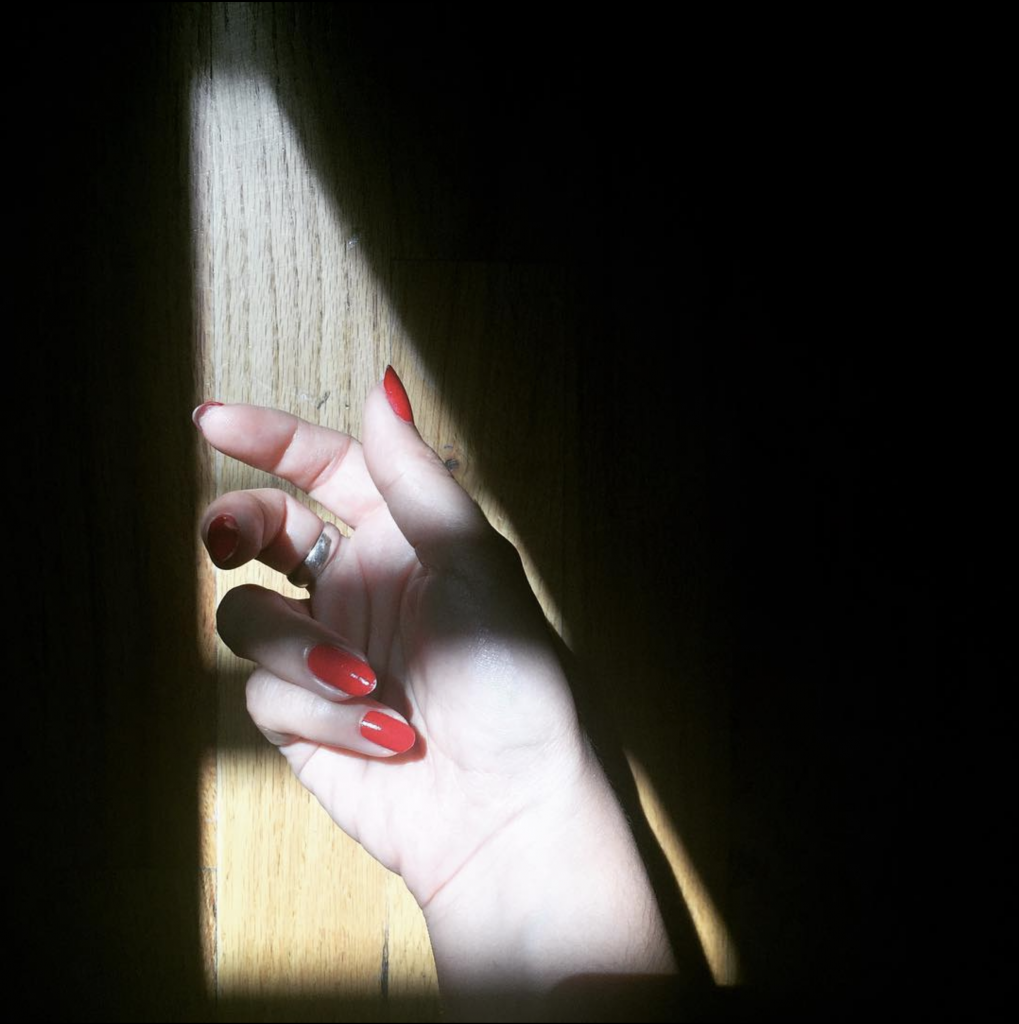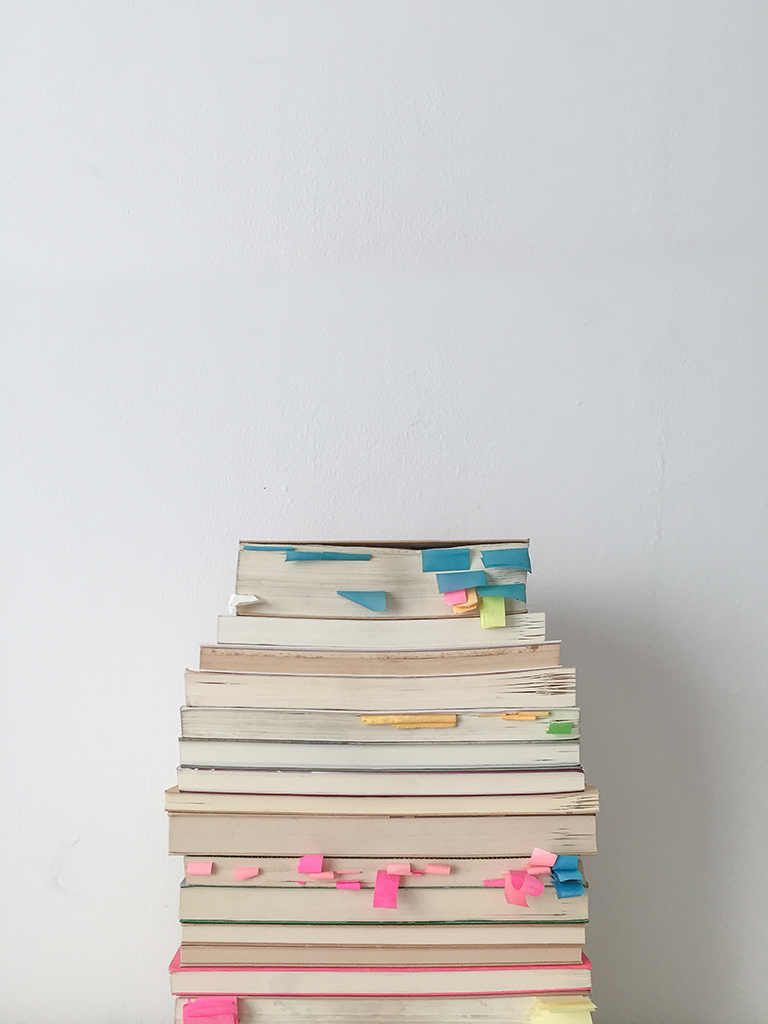The Feminine is linked to both Creation and Destruction. The creative principle contains within itself the destructive principle. They cannot be one without the other, and it is this tension that generates dynamism, that is, life.
Today we pursue an ideal of docile happiness, based on a distorted perception, where having many options is synonymous with being free. We aspire to a static state of well-being.
We are taught that death is the opposite of life, but the only thing opposite to life is the static. Life is dynamism and to have dynamism we need death.
A society that denies Death also denies Life. We are more dissociated than ever from the feminine. The only way to assume death, therefore life, is to integrate the feminine in all its dimensions.
The first phase of the creative process depends on the feminine in its most terrible aspect. If we do not know how to destroy, we do not know how to create. We must not confuse reproduction with creation, since reproduction is only a simulacrum of the creative act.
The feminine dwells in symbolic thinking, just as it does in myth and poetic language. These manifestations distill truth, but a truth that does not arise from rational arguments, but from imagination. It is through imagination that we can discover the secret and intimate relationships between things.
The myth is open, it lives in the variant, in the multiplicity, it is moldable like mud, we can feel its pulse between our hands. As well as the poetic language that gives us numinous glimmers, words that timidly emanate the glow of the unapproachable that is hidden behind them.
The contemplation of nature is the germ of mythological construction. Nature dies and is tirelessly reborn, it presents itself to us as the same but different. The sun is born and dies every day, as does the moon every twenty-eight. We can observe eternity through cycles. The infinite can only be measured in fragments.
It is only through our wounds that we can remember our gifts. Right where we feel most vulnerable is hidden what we came here to give. Wounds are the thresholds through which we enter the labyrinth. Therefore, we must walk towards that which terrifies us. We have to go to meet the monster.
Many of the monsters are female figures. In Greek mythology, for example, we have the Sphinxes (the best known is that of Thebes), Charybdis and Scylla (with their six dogs around their waists), the Erinias (who tormented Orestes), Eschida (mother of famous monsters), the Gorgons, the Harpies, the Moiras, the Sirens, the Python, the Chimaera, the Lamia…
And in Hebrew mythology we have the wonderful Lilith. She is presented to us as the image of the stereotype of the fatal woman, an artifice created to represent the terrible feminine in an absolutely plain way.
We also have goddesses like the great Kali who fertilizes the earth with the blood of her victims, the mother Kali who devours everything to transform it into life.
Inanna the queen of heaven and her counterpart Ereshkigal queen of the Underworld. And we also have the witch Hecate, goddess of crossroads and roads.
These goddesses and monsters are represented as hybrid beings, they are beautiful women with snake tails, lion paws, bird wings, eagle claws, iridescent scales and multiple fierce limbs. They are linked to another order, an analogical, irrational, instinctive order, they are the custodians of the other wisdom, of the other system of thought, they are there in the Kairos, in the symbolic realm, from where myths and poetic language are born.
Life is descending and ascending from the underworld, entering and exiting the labyrinth. Hopefully, not once, but multiple times. Only by walking we can remember our own rhythm, that is how we learn to tune our own note, that intimate and non-transferable sound that is our voice. We walk to remember, and by remembering we decode the enigmas of the sphinxes.
We have many stories of descent to the underworld, most of them tell us more about the descent than the ascent. To descend we are given a series of weapons, as well as a series of advices, maps and instructions. But we are not told much about the ascent process. We must not forget that the path is twofold, there and back.
We descend through a first threshold, we walk with our weapons, maps and instructions, until we reach the deepest, darkest place and suddenly we see a spectral gleam. As we advance we discover a mirror, a mirror-threshold that no one warned us about. That mirror reveals an abysmal image of ourselves, our task is to decode the way to pass to the other side (yes, like Alice). Some think that the confrontation with these monstrous reflections leads to their annihilation, but it is quite the opposite, we must merge with them because they are our allies.
–So far, we know a little bit of the script, don’t we?–
Now let’s talk about the ascending, because remember that the path is twofold, there and back. To ascend is to give birth to ourselves. It is a painful and sublime process. At this stage of the journey we can only let ourselves be born, and that is a feminine mystery. Weapons, maps or instructions are useless.
–One of the few myths where we are told about the mystery of ascent is in the story of Inanna, but that’s for another day, because we don’t have much time–
The law of the underworld demands that something remains inside so that we can ascend. You cannot build a new order without first destroying the old one. We must allow everything to return to chaos, that ether which contains within itself all the germs of universal creation (the ascent), and only then we can create a new order.
The female monsters are the guardians of the thresholds that open the way to another turn of the spiral. Under their spectral light we feel our way back. It is their very low voice that whispers to us where to continue walking.
At the end of the ascent, we pass again through the same threshold through which we descended, which now appears the same but different. Just as we return to the world of the living, the same but different.


